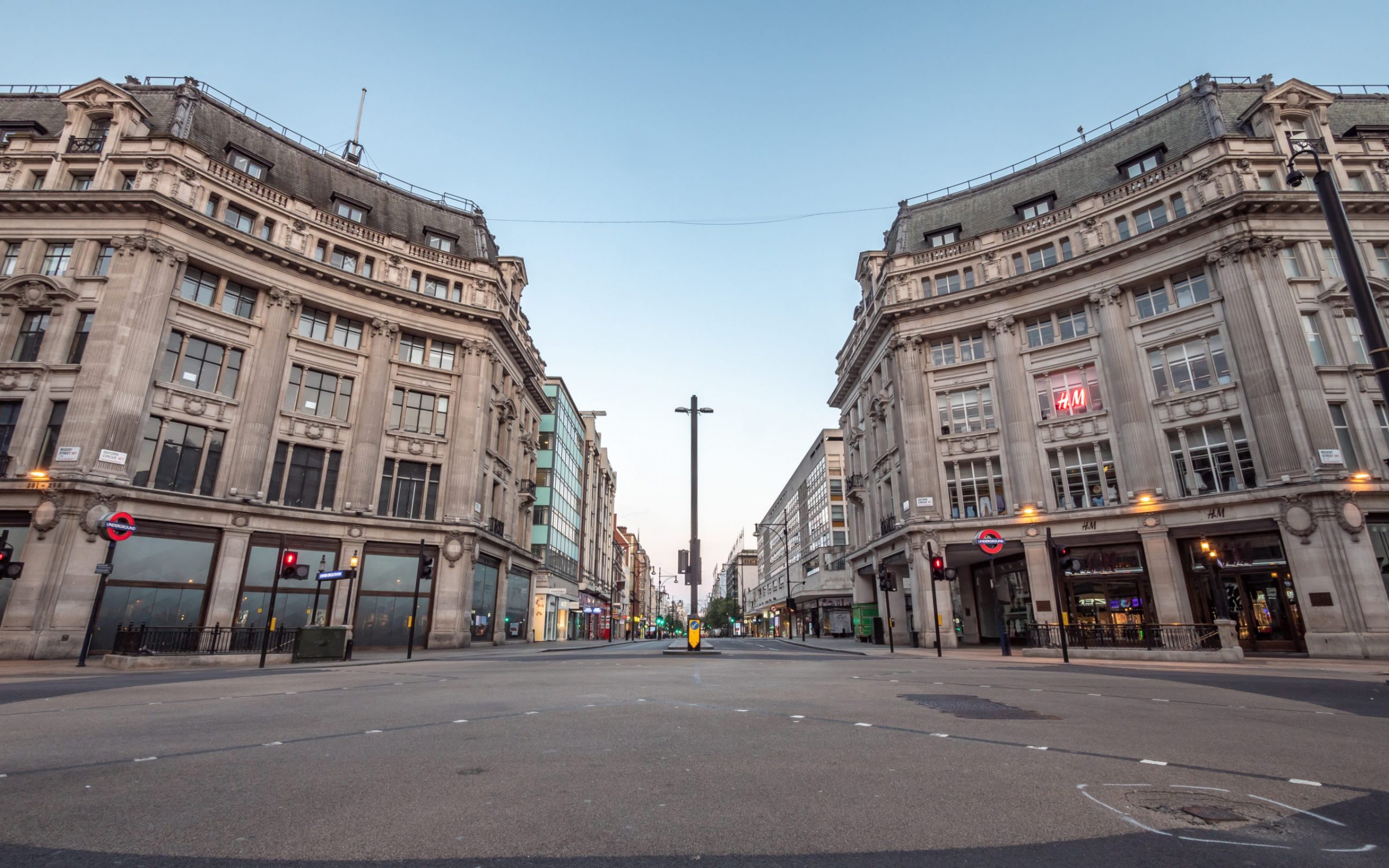In June 2016 the MIT Media Lab launched a game called Moral Machine. Players were presented with a version of the trolley problem: a driverless car can either stay its course and hit what is in its path, or swerve and hit something else. Over the next two years, over two million people participated, and it was hoped their responses could provide a starting point for developing a standardised machine-ethics framework. Players showed strong preferences between a young life and an old one, between a healthy life or sickly one.
This crisis has brought to light the grim decisions that go into health economics and cost-benefit analysis. While it may make us feel queasy, policymakers frequently have to put a monetary value on a human life. This is not “eugenics,” nor is it about people’s “wealth-producing capacity”. It isn’t the hypothetical dilemma of choosing between dog lover and cat owner in Moral Machine. It is about using limited resources in the fairest and most effective way.
And it is the thinking behind quality-adjusted life years, or QALYs, whereby policymakers base the monetary value of people’s lives on the number of years they have left and the quality of that life. The Treasury’s guide to investment appraisal, the Green Book, currently values one QALY at £60,000. This figure is based on the “normative” question of the value that society should place on particular health outcomes. The National Institute for Health and Care Excellence typically uses a lower number, £20,000 to £30,000 per QALY, when assessing whether new treatments for the NHS represent a good use of limited resources.
Children are more likely to be struck by lightning than die of Covid-19, whose average victim is an octogenarian. But this isn’t the Scales of Justice: we’re not weighing up one life against another. We’re not swerving onto the pavement, letting the old perish so that the young can live. And herein lies the “identifiable victim” problem: focusing on visible costs, the 150,000 avoidable deaths, over the other harms that might be incurred as a result of government action.
As new research from the Institute of Economic Affairs points out, any cost-benefit analysis of policy interventions is therefore extremely challenging. We are comparing apples (Covid deaths), oranges (other less identifiable impacts on health and wellbeing), and pears (economic and fiscal costs). Nonetheless, it is becoming increasingly evident that lockdown has had an incredibly damaging effect and must fully end.
Scenes across Southend-on-Sea this week have exemplified the degree to which some members of the British public are willing to flout the rules. Among this group optimism bias – that tendency to overestimate the likelihood of success over that of failure – has taken hold. What purpose do prescriptive government instructions now serve, other than to irk those who still bother to listen?
But there are plenty of others, too frightened to send their children to school because a lost education is a trade-off they’re willing to make. They’re among the 40% who, following Tuesday’s announcements, think the lockdown is being eased too quickly.
Many members of the British public have been sheltered from the true costs of the lockdown which, crucially, increase with every day that draconian restrictions stay in place. The most visible is the collapse in economic activity and associated business closures, job losses and lost income.
The IEA’s research flags that the economic downturn could plausibly result in a total loss of GDP of about £250 billion in 2020 and 2021 combined, relative to the pre-Covid path. The fiscal costs could be even greater, perhaps as high as £250 billion this year alone in terms of higher spending and lower tax revenues.
And this does not address the hidden health costs; the increases in deaths and other harms due to people with other conditions not receiving the care they need. Let us not forget that the lockdown was implemented to prevent the NHS from being overwhelmed. If anything, it now has too much spare capacity.
The wider societal costs are not yet known, but mental illness has certainly surged and there has been a rise in domestic violence. Some children haven’t had contact with teachers or fellow pupils since March; some older people haven’t had human contact at all in that time.
Of course, we are not comparing lockdown with business-as-usual; we have to consider that the economy was already slowing, behaviours changing. Some economists would argue that we can be more relaxed about this recession than, say, the financial crisis. If we can keep businesses, jobs and basic incomes in stasis, normal economic activity could resume once these measures are lifted. Others would counter that this downturn is the deepest in centuries.
Politicians should present us with the information and leave us to make our own judgments, just as we do when climbing trees, drinking alcohol or, for now, driving cars. Ultimately, we cannot lose sight of the reality that a risk-free life is no life at all.
Annabel Denham is the Director of Communications at the Institute of Economic Affairs think tank.




